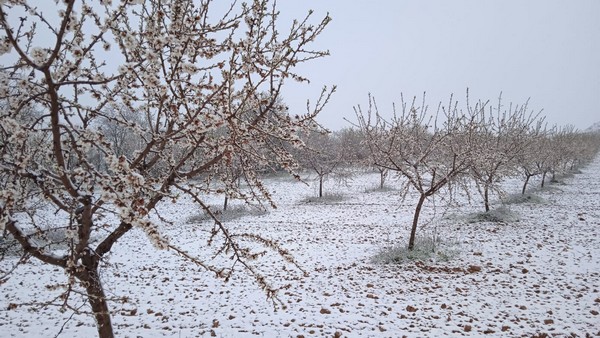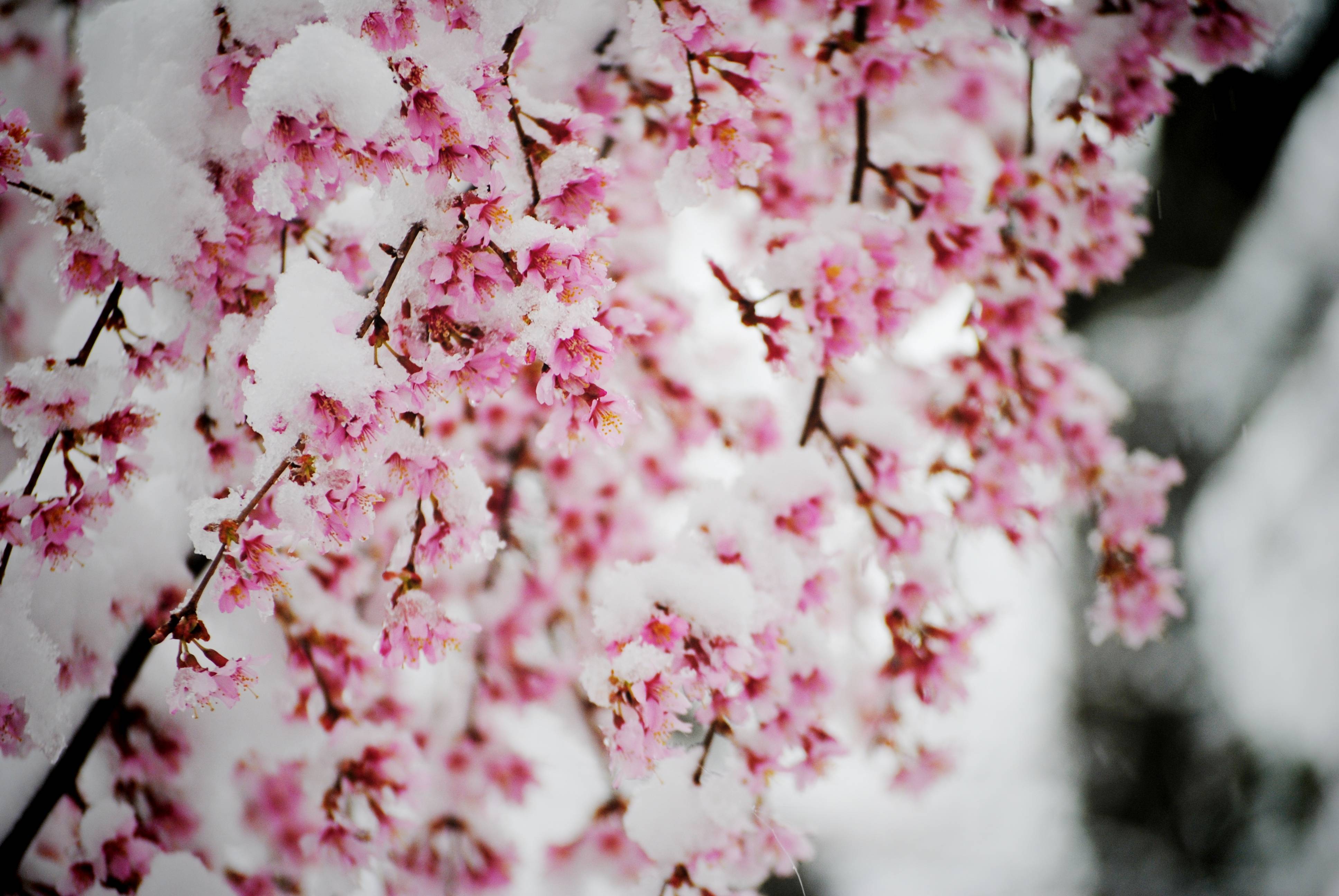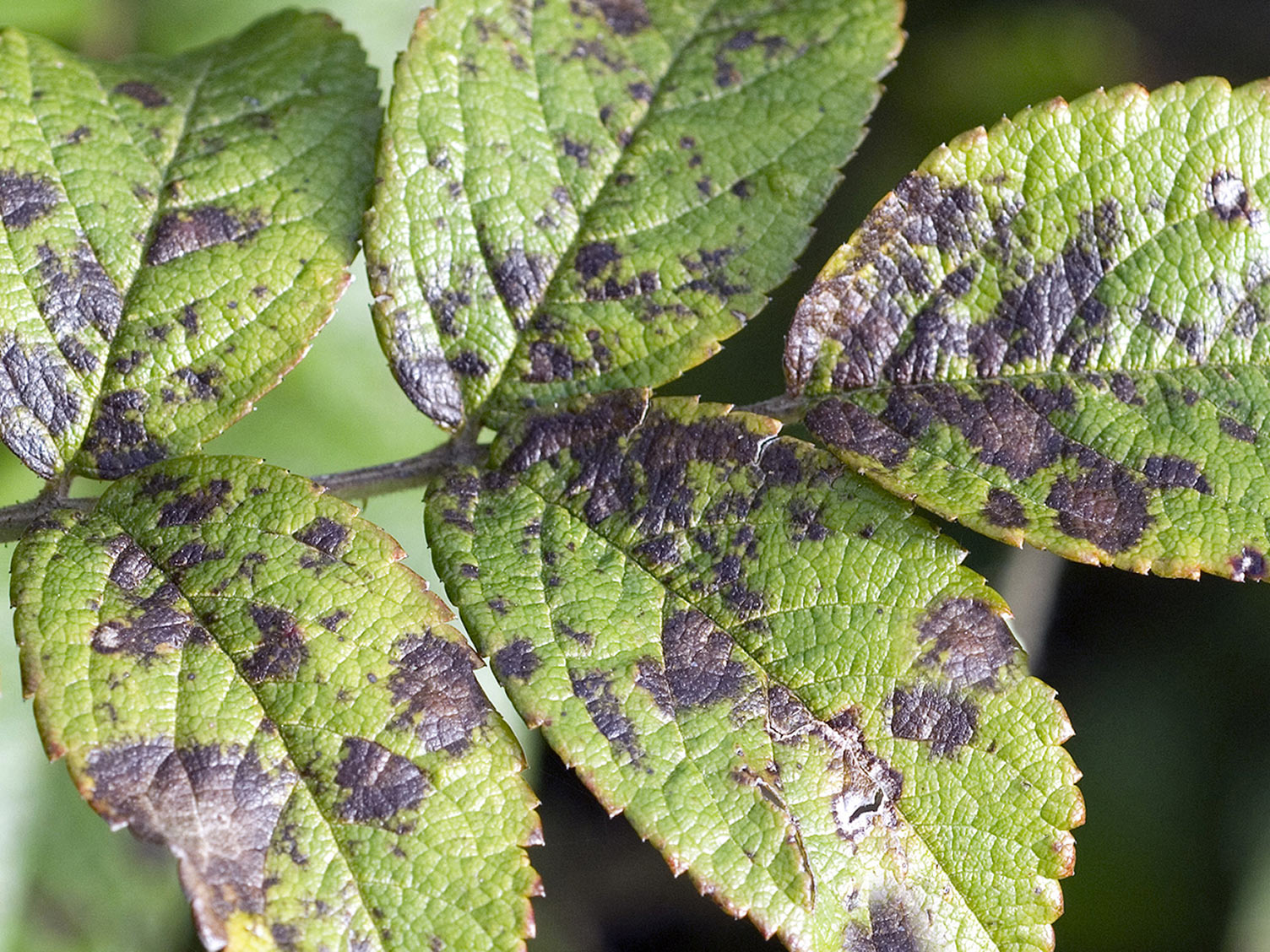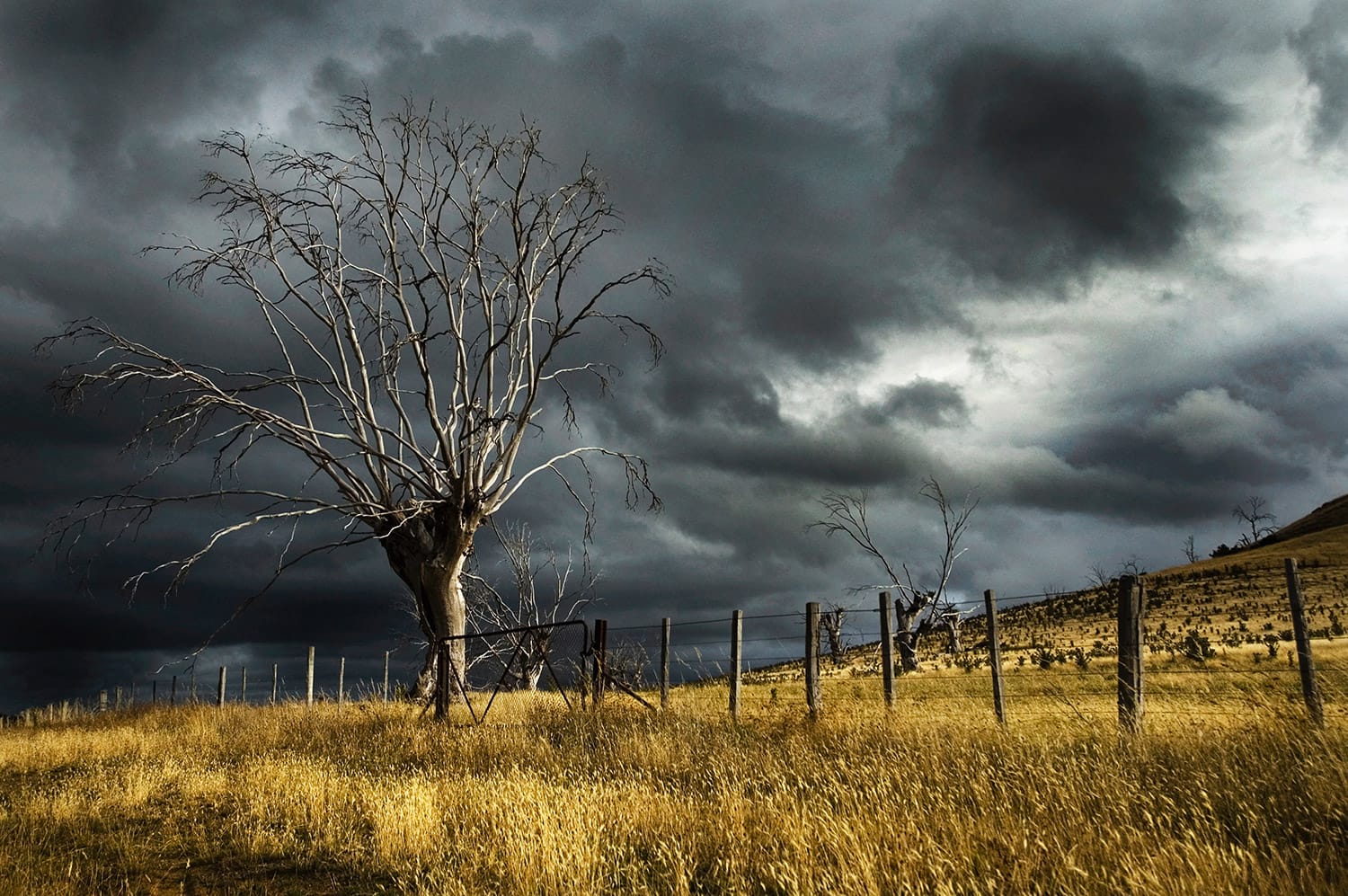This is the first time South Dakota researchers have identified the pathogens causing root rot of corn in the state, according to Field Crops Pathologist Febina Mathew, an assistant professor in the Department of Agronomy, Horticulture and Plant Science. “The number of species can vary from region to region, but eight species have been identified in South Dakota,” Okello said.
"Fusarium species have a broad host range, which includes soybean, sunflowers and small grains, such as wheat, consequently the pathogen can affect crops that are commonly rotated with corn,” said Mathew, who was Okello’s research adviser. “Our research on Fusarium root rot of corn will help us work with breeders to develop resistant varieties and with chemical companies to test the efficacy of seed treatments that target these specific pathogens.”
The May 2019 issue of Plant Health Progress, a journal published by the American Phytopathological Society, featured two articles on the research. The article identifying the Fusarium species causing corn root rot received the Editor’s Pick Award. Okello was first author on both papers.
The corn research was supported by U.S. Department of Agriculture Hatch Act funding through the South Dakota Agricultural Experiment Station. The soybean work was funded by the South Dakota Soybean Research and Promotion Council and the North Central Soybean Research Program.
Analyzing corn root rot
While identifying species of Fusarium causing root rot of soybean in 2014, Okello noticed previous crops in some of the fields were corn or wheat. That piqued his interest in finding out which Fusarium species affected corn.
In 2015, SDSU researchers collected discolored roots from 50 cornfields across a 24-county area in eastern South Dakota, which produces 50 percent of the state’s corn.
Estimated yield losses due to corn root rot, seedling blight and plant-parasitic nematodes during the last six years varied from average of 225,000 bushels per year beginning in 2012 to approximately 75,000 bushels in 2017 and 2018 in South Dakota, according to surveys conducted by the Corn Disease Working Group. A greater awareness of the disease, unfavorable environmental conditions and changes in management strategies may have helped reduce losses recently, Mathew explained.
“Fusarium is always in the soil, but environment plays a big role in disease development,” Okello said. Cool, wet soil conditions favor disease development. “This year, we are seeing the disease because many of the fields are excessively wet,” Mathew added.
Lisa Richardson, executive director of the South Dakota Corn Utilization Council and the South Dakota Corn Growers Association, said, “Though these losses are small relative to the nearly 800 million bushels of corn produced annually in the state, we are thankful that this research helps producers have an awareness and understanding of this fungus and how it moves and how they can address it should a significant outbreak occur.”
Identifying fungal species
Okello isolated the eight species of Fusarium from the root specimens and then verified in the greenhouse that these pathogens caused root disease in corn. One of the species, Fusarium boothii, had never been reported as affecting corn in the United States. However, F. boothii was previously identified as causing disease on wheat in Nebraska.
A 1973 study done by University of Minnesota and Purdue University researchers found six Fusarium species in corn. However, the Okello study identified eight species in corn. “This suggests that the Fusarium species diversity affecting corn may have changed and additional research is required,” he said.
Next, the researchers did a cross-pathogenicity study, putting the Fusarium isolates from corn on soybeans and the ones from soybeans on corn in the greenhouse. “We found that seven species of the South Dakota isolates from either soybean or corn cause disease in both crops,” Okello said. “This means if you are going to plant soybeans after corn or vice-versa, you are increasing the inoculum level of these soil pathogens, amplifying what’s already there.”
Mathew’s lab is now testing fungicide seed treatment to determine if the current chemistries can help manage Fusarium root rot.
The use of partially resistant hybrids can also decrease losses, Mathew pointed out. “However, these are hybrids that can provide resistance to Fusarium ear rot, which growers can verify with the commercial seed companies. At this time, we are not sure if the genes conferring resistance to Fusarium root rot are also responsible for resistance to Fusarium ear rot and/or stalk rot. This warrants further study.”
Though knowing what specific Fusarium species infect corn will help breeders screen germplasm, Mathew said, “the breeding process can be challenging because resistance to Fusarium is controlled by multiple genes.”
Source - https://www.farmforum.net/
USA - Eight species of fungus cause root rot in South Dakota corn[:ru]USA
29.08.2019 859 views
An invisible enemy is attacking South Dakota corn.
The crop may look fine above ground, but as many as eight species of a common soil fungus may be infecting the roots—and compromising yields, according to South Dakota State University plant disease experts.
Research associate Paul Okello of the Department of Agronomy, Horticulture and Plant Science identified eight Fusarium species that cause root rot in South Dakota cornfields as part of his doctoral research. Furthermore, seven Fusarium species isolated from corn also cause disease in soybeans.
EVENTS


2024 AgroInsurance International Conference: New Partners and Agenda updates
26.02.20242024 AgroInsurance International Conference will take place on June 3-5, 2024 in Belgrade, Serbia, at the Hyatt Regency Hotel. Planet Labs (USA) and GAF AG (Germany) are sponsors of our conference. Agremo (Serbia) has been confirmed as the Organization Partner. More partners and sponsors to be announced in March 2024.
RISK EVENTS


Spain - 30% of La Palma's banana production has already been lost due to the advance of the lava
14.10.2021More than three weeks after the Cumbre Vieja volcano erupted, the lava that continues to flow from its interior continues to devastate everything in its path, destroying houses, infrastructure, and banana plantations. The production of Platanos de Canarias is the economic engine of the island, accounting for 50% of its GDP and 30% of the jobs on the island.
24.04.2024


Switzerland - Late frost poses increased risk to crops
The risk of late frost damage to fruit crops and vineyards is increasing. As a result of climate change, winters are becoming milder and the growing season is being lengthened, says weather service Meteonews.
24.04.2024


Canada - Extreme cold snap impacts Okanagan-Similkameen cherry crop
In the Okanagan-Similkameen region of Canada, cherry growers are confronting significant crop losses due to an extreme cold snap experienced in mid-January. BC Cherry Association president, Sukhpaul Bal, highlighted the unprecedented low yield, attributing it to the rising costs of farming and questioning the viability of cherry cultivation under these conditions.
24.04.2024


How new diseases are destroying EU trees and crops
The plants slowly choke to death, wither and dry out. They die en masse, leaves dropping and bark turning grey, creating a sea of monochrome. Since scientists first discovered Xylella fastidiosa in 2013 in Puglia, Italy, it has killed a third of the region’s 60 million olive trees – which once produced almost half of Italy’s olive oil – many of which were centuries old.
24.04.2024


USA - Kauai struggles with invasive parakeets
In Kauai, Hawaii, Bradley Smith, a local farmer, faces a significant challenge due to an invasive species of rose-ringed parakeets. Over the past year, these parakeets have caused a substantial loss of income for Smith by consuming a large portion of his rambutan crop.
24.04.2024


USA - Agency reminds agricultural producers to report losses following bad weather
The U.S. Department of Agriculture Farm Service Agency State Executive Director in Georgia, Arthur Tripp Jr., is reminding agricultural producers to timely report any damage or losses following inclement weather events in order to remain eligible for FSA disaster assistance programs and resources.
24.04.2024


Philippines - Assessment report crop damage at P31M
The Department of Agriculture-7 has reported around P30.7 million worth of rice and corn plantations in Central Visayas damaged by the drought and extreme heat being experienced in the country.
24.04.2024


Canada - Wildlife Damage Compensation Program 2024
The Wildlife Damage Compensation Program (WDCP) compensates agricultural producers for wildlife damage to eligible unharvested crops, stacked hay, stacked greenfeed, as well as silage and haylage in pits and tubes.
24.04.2024


Kenya - Agricultural devastation sparks food security concerns
The ongoing floods in Kenya have wreaked havoc on agricultural communities, with property losses escalating alongside the destruction of farmlands and infrastructure. According to government reports and the Kenya Red Cross, over 110,000 individuals have been displaced by the morning of April 24, 2024.



